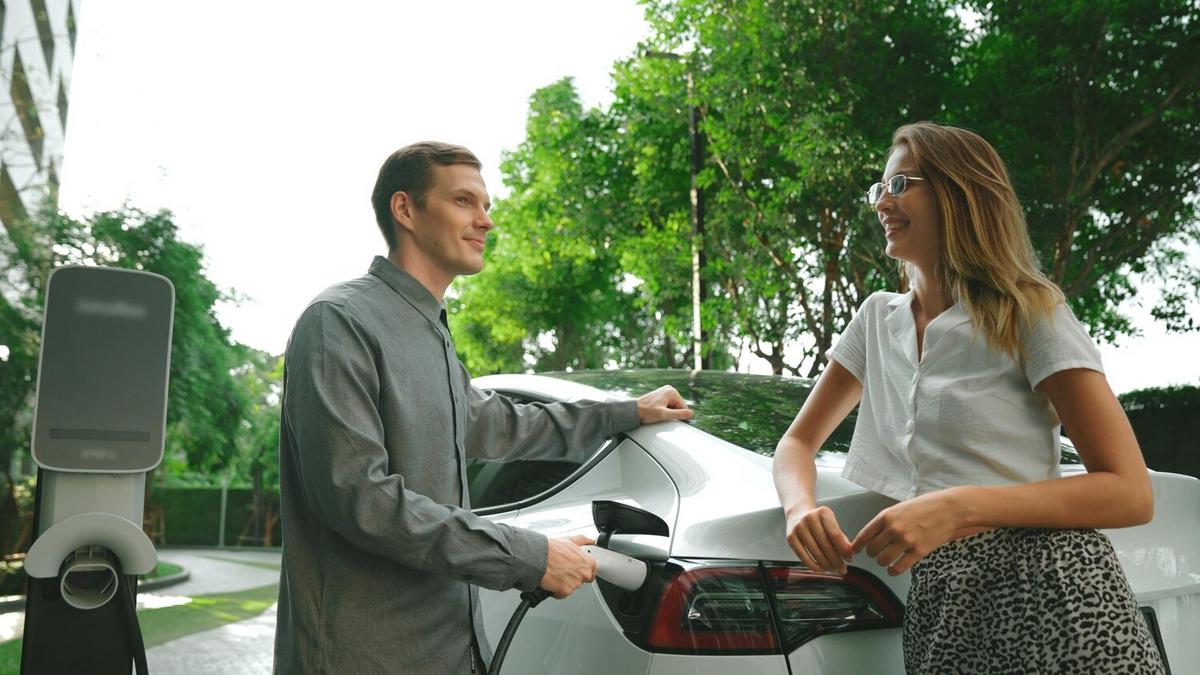
Sustainable Transportation: The Shift to Electric Vehicles
As the world pivots toward more sustainable living, transportation is undergoing a profound transformation. Electric vehicles (EVs) have emerged as a pivotal element in this shift, promising to reshape how we think about mobility and our impact on the environment.
In the quest for sustainability, the move to electric vehicles is not just a trend—it’s a necessity. With the transportation sector accounting for approximately 24% of global CO2 emissions, the shift to EVs is crucial for reducing the carbon footprint and combating climate change.
The Rise of Electric Vehicles
Electric vehicles have gained momentum due to advancements in technology and increased awareness of environmental issues. According to the International Energy Agency, global electric car sales exceeded 10 million in 2022, highlighting the growing acceptance and demand for cleaner transportation solutions.
Expert Insights
As noted by Dr. Lisa Smith, an environmental scientist, “The transition to electric vehicles plays a significant role in reducing urban air pollution and dependency on fossil fuels.” Her insights underscore the broader environmental benefits that EVs provide.
Benefits of Electric Vehicles
- Environmental Impact: EVs produce zero tailpipe emissions, significantly reducing air pollution.
- Cost Efficiency: Although the initial purchase price can be high, EVs often have lower operating costs due to reduced fuel expenses and maintenance.
- Energy Independence: By reducing reliance on imported oil, EVs contribute to energy security.
Challenges and Considerations
Despite their benefits, electric vehicles face hurdles such as limited driving range, charging infrastructure, and battery disposal. Addressing these challenges requires investment and innovation in battery technology and infrastructure development.
Comparison Table: Electric vs. Conventional Vehicles
| Feature | Electric Vehicles | Conventional Vehicles |
|---|---|---|
| Emissions | Zero tailpipe emissions | High CO2 emissions |
| Fuel Costs | Lower fuel costs | Higher fuel costs |
| Maintenance | Fewer moving parts, less maintenance | Regular maintenance needed |
| Range | Limited by battery capacity | Longer range |
| Infrastructure | Growing charging network | Established fueling stations |
| Purchase Price | Generally higher | Varies, often lower |
| Energy Source | Electricity | Gasoline/Diesel |
| Noise Pollution | Quieter operation | Noisier engines |
Taking Action: Tips for Transitioning
- Research various EV models to find one that fits your lifestyle and budget.
- Consider the availability of charging stations in your area.
- Look for government incentives and rebates that can reduce the purchase cost.
Conclusion
The shift to electric vehicles is a critical step in achieving a sustainable future. By reducing emissions and promoting cleaner energy use, EVs can significantly impact our environmental footprint. As infrastructure expands and technology advances, the barriers to adopting electric vehicles will continue to diminish, making them a viable option for more people.
Frequently Asked Questions
Are electric vehicles really better for the environment?
Yes, they produce zero emissions while driving, which reduces air pollution.
What about the cost of electric vehicles?
While initially higher, EVs often save money over time with lower fuel and maintenance costs.
How can I find charging stations near me?
There are apps and websites dedicated to locating EV charging stations.


